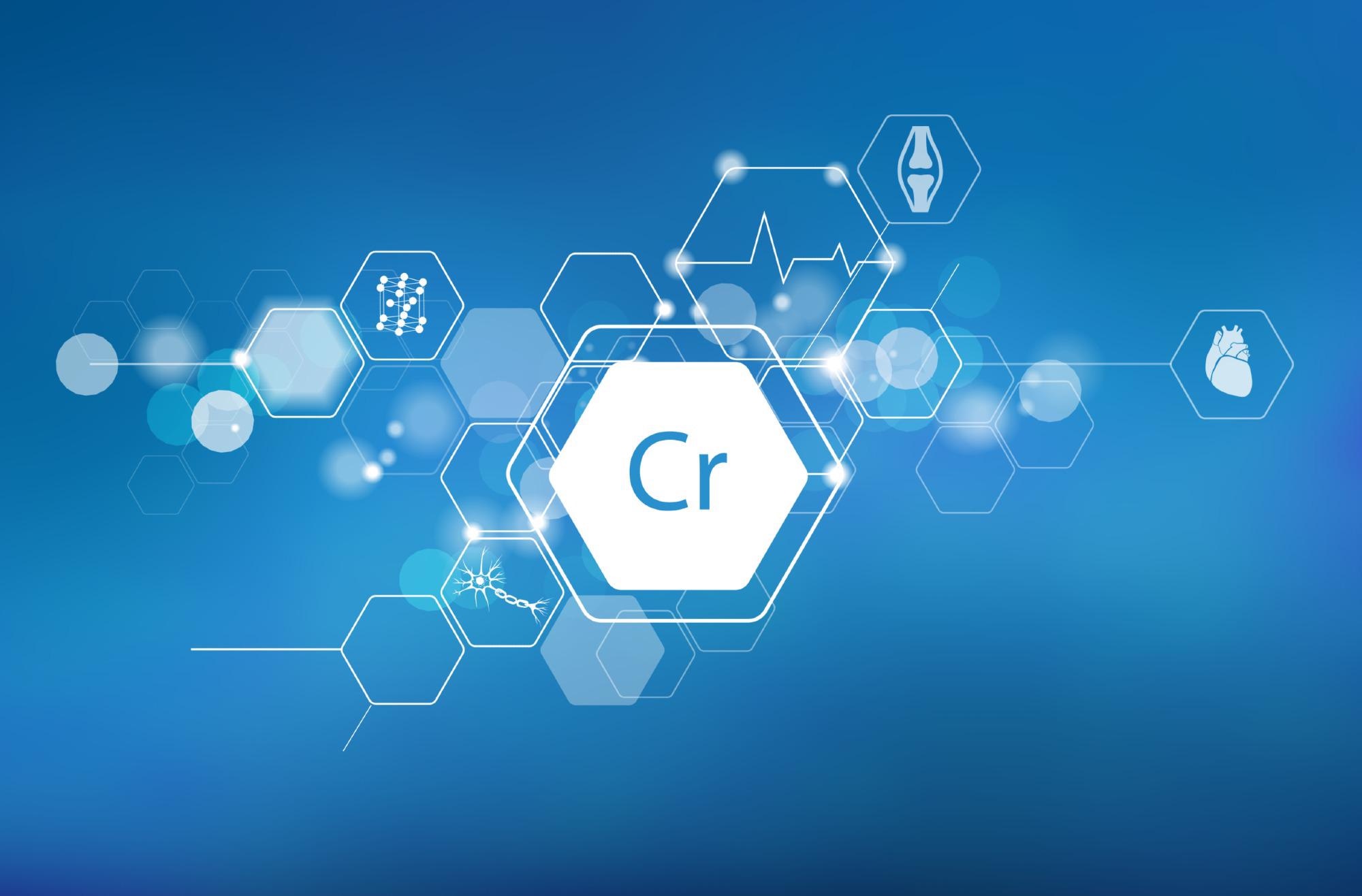Chromium salts are an important inorganic chemical product. However, their production comes with serious drawbacks in terms of environmental damage and resource utilization. To address these issues and investigate a cleaner production method of chromium salts, a paper has been published in the journal Process Safety and Environmental Protection.

Study: A cleaner method for preparation of chromium oxide from chromite ore. Image Credit: Sadovnikova Olga/Shutterstock.com
Chromium Salts: Important Inorganic Chemicals
Chromium salts are widely used in sectors such as the chemical and metallurgical industries. These chemical products account for approximately 15% of national economic commodities. The nation that produces the largest amount of chromium salts is China, which, since 2009, has been responsible for 40% of total global production. Increasing the efficiency of chromium salt manufacture is a prime concern for China and other producers of chromium salts.
Problems with Traditional Manufacturing Processes
The traditional methods used for chromium salt production are lime-based and lime-free roasting processes. However, these processes have serious issues, causing environmental harm and suffering from low resource utilization.
The processing residues possess carcinogenic and mutagenic properties, causing environmental pollution and harm to human health, this being a problem particularly in the lime-based roasting processes. The lime-based roasting process has been phased out for this reason.
Lime-free roasting processes produce residues with decreased toxicity and are widely used in industrial manufacturing processes today. However, this process can also be challenging, due to the formation of a molten state forming between the chromate ore particles at temperatures of 1200 oC.
The formation of this state reduces the oxygen mass transfer rate in the process, causing a low extraction rate of chromium. Furthermore, this increases the energy consumption of the manufacturing process.
Improving the Process
These challenges in the traditional production process have facilitated the need for an efficient, environmentally friendly manufacturing technique that can produce elevated yields of chromium salts. The Chinese Academy of Sciences has proposed liquid-phase oxidation of the sub-molten salt medium to overcome the issues with traditional methods. The method improves the mass-transfer rate of liquid-phase materials, leading to greater leaching efficiency of chromium from chromite.
Additionally, this method reduces pollution from toxic chromite ore processing residues. Additionally, other metal components of the mixture can be utilized more efficiently. There has been a significant research focus in recent years on this method, leading to the development of new techniques.
However, challenges still exist with this method, even though it improves upon traditional roasting methods. Due to the large number of base chemicals required to improve the efficiency of the technique, the process equipment for leaching is extremely demanding. Additionally, the separation of chromium salts from the alkaline liquids used is difficult due to increased viscosity and the presence of unreacted bases. Furthermore, the resulting chromium salts produced contain base impurities.
The base impurities, such as NaOH, that remain in the chromium salts severely affect the quality of products upon reprocessing. These challenges, therefore, increase the need to improve the process for this aspect before it can be scaled up to industrial production levels.
Optimizing Liquid-Phase Oxidation
The authors behind the study published in Process Safety and Environmental Protection have presented a technique to optimize the liquid-phase oxidation of the sub-molten chromium salt medium which addresses its inadequacies.
Using pressurized leaching of the chromium ore, along with separation of chromium salts from the leaching solution. Additionally, the process involves the preparation of Cr2O3 from an intermediate BaCrO4 in series. By direct cycling of the alkaline solution used for liquid-phase oxidation, energy consumption is reduced, and the economic viability of the process is improved.
The thermodynamics and kinetics of the process were analyzed in order to understand the process. End products of the process were characterized with SEM, XRD, and by particle size. The pressurized leaching process set forth in the paper produced an undiluted leaching solution. This was conducive to the precipitation of BrCO4 using a Ba(OH)2 transformation process. Chromium separation efficiency was 98%. At a reaction temperature of 80 oC, the chromium conversion efficiency was 96%. The reaction time for conversion was 30 minutes.
The Future
The paper has established a highly efficient and cost-effective process for the separation of chromium salts from chromite ore. The process overcomes the issues inherent with energy consumption and reaction conditions in current extraction and conversion methods.
By improving the liquid-phase oxidation of chromium salts, the authors have presented a method that has significant advantages for the extraction of these important industrial chemical products.
Further Reading
Tian, Y et al. (2021) A cleaner method for preparation of chromium oxide from chromite ore [online] Process Safety and Environmental Protection | sciencedirect.com. Available at: https://www.sciencedirect.com/science/article/abs/pii/S0957582021006583
Disclaimer: The views expressed here are those of the author expressed in their private capacity and do not necessarily represent the views of AZoM.com Limited T/A AZoNetwork the owner and operator of this website. This disclaimer forms part of the Terms and conditions of use of this website.